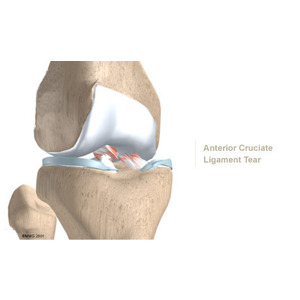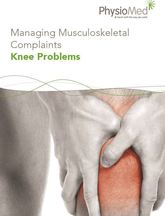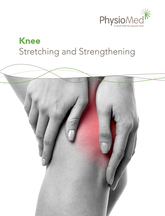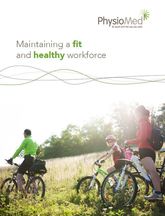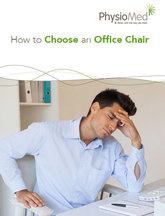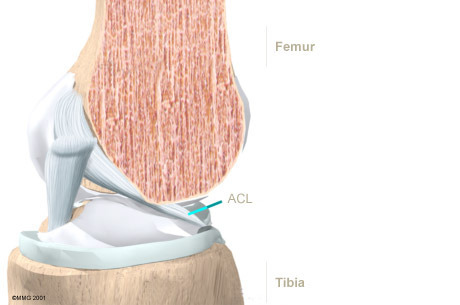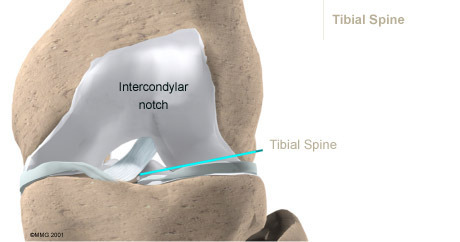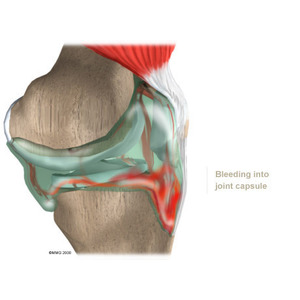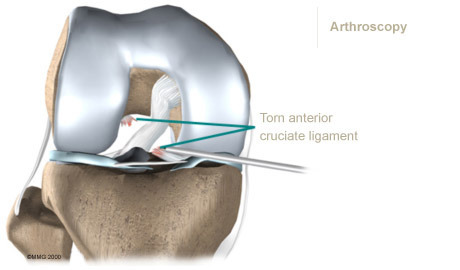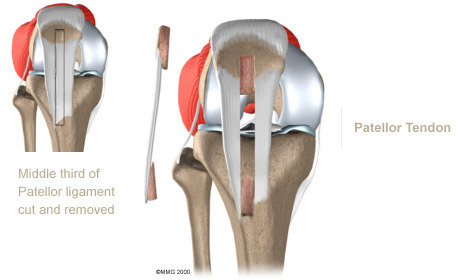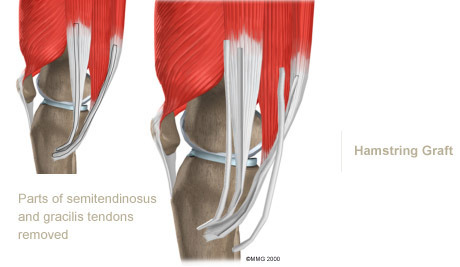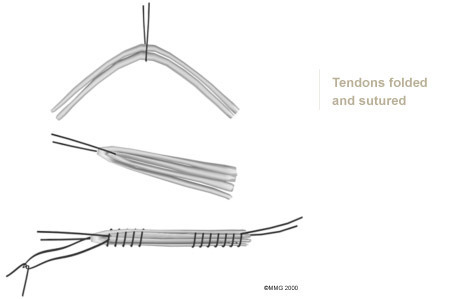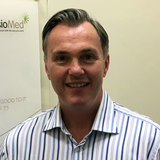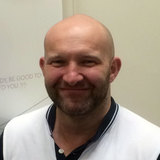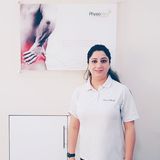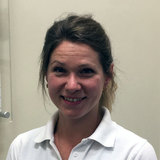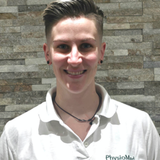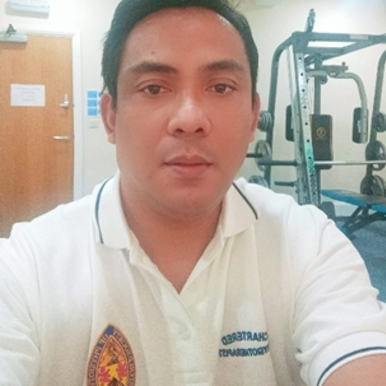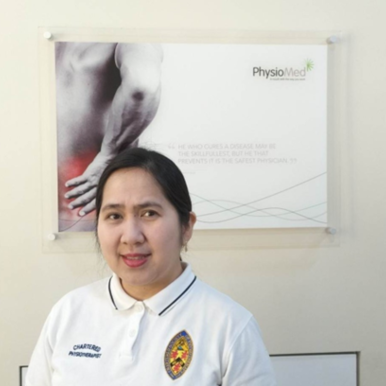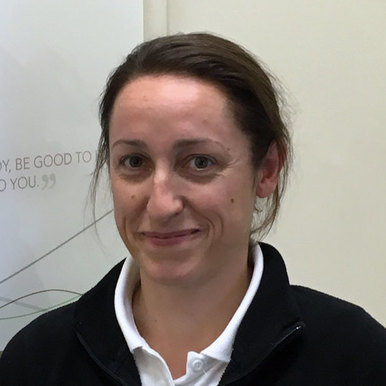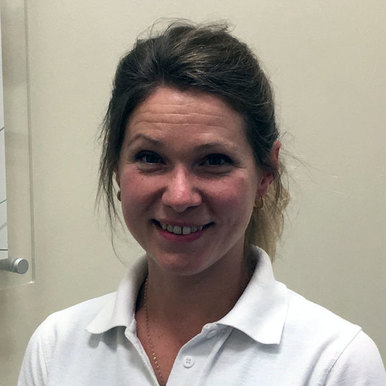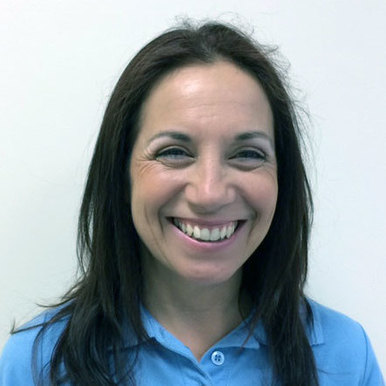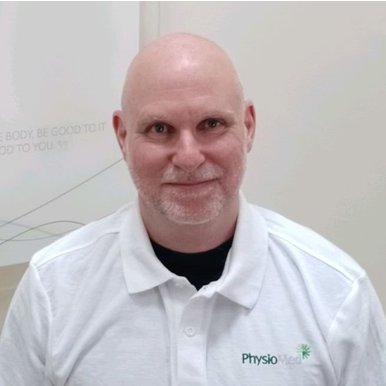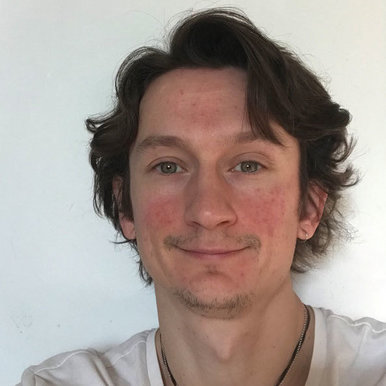Non-surgical Rehabilitation
When you begin your Physio Med program, our initial treatments for an ACL injury will focus on decreasing pain and swelling in the knee. We may recommend rest and mild pain medications to help decrease your symptoms.
You may need to use crutches until you can walk without a limp. Most of our ACL reconstruction patients are instructed to put a normal amount of weight down while walking. Our Physiotherapist will treat swelling and pain with the use of ice, electrical stimulation, and rest periods with your leg supported in elevation.
Our Physiotherapist may apply treatments such as electrical stimulation and ice to reduce pain and swelling. We then gradually add exercises to improve knee range of motion and strength to help you regain normal movement of joints and muscles.
Our Physiotherapist will have you begin range of motion exercises right away, with the goal of helping you swiftly regain full movement in your knee. This may include the use of a stationary bike, gentle stretching, and careful pressure applied to the knee by the Physiotherapist. We will also give you exercises to improve the strength of your hamstring and quadriceps muscles. As your symptoms ease and strength improves, we will guide you in specialised exercises to improve knee stability.
Our Physiotherapist may suggest use of an ACL brace. This type of brace is usually custom made and is designed to improve knee stability when the ACL doesn't function properly.
We often recommend an ACL brace when the knee is unstable and surgery is not planned. As mentioned, a torn ACL that isn't corrected often leads to early knee arthritis. There is no evidence that an ACL brace will prevent further damage to the knee due to wear and tear arthritis. The ACL brace may help keep your knee from giving way during moderate activity. However, it can give a false sense of security and won't always protect the knee during sports that require heavy cutting, jumping, or pivoting.
Although the time required for recovery varies, nonsurgical rehabilitation for a torn ACL typically lasts three to six months. You can return to your sporting activities when your quadriceps and hamstring muscles are back to nearly their full strength and control, you are not having swelling that comes and goes, and you aren't having problems with the knee giving way.
Post-surgical Rehabilitation
If you undergo surgery, you will probably be involved in a Physio Med progressive rehabilitation program for about four to six to twelve months after surgery to ensure the best result from your ACL reconstruction. If your surgery and rehabilitation go as planned during the first twelve weeks, you may only need to do a home program and see our Physiotherapist every week. If there are any complications expect to see our Physiotherapist about two to three times per week for the first 12 weeks. Dependent on the level of activity you are returning to expect the rehabilitation to return you to sporting activities in 6 to 12 months.
At Physio Med, our goal is to help speed your recovery so that you can more quickly return to your everyday activities. When your recovery is well under way, regular visits to our clinic will end. Although we will continue to be a resource, you will be in charge of doing your exercises as part of an ongoing home programme.
Portions of this document copyright MMG, LLC.
